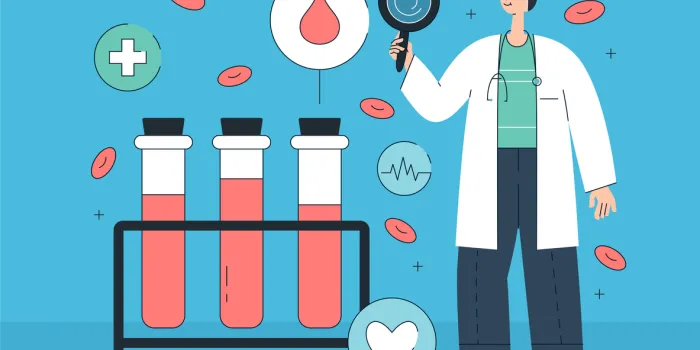Treatments were basically nonexistent, and doctors didn’t understand how the virus was transmitted. By the time they discovered it was blood-borne, thousands of people with hemophilia who had been treated with donated blood products were exposed.
Among them was Ryan White, a 13-year-old from Indiana born with hemophilia. White’s AIDS diagnosis in 1984 drew national attention to the necessity of screening America’s blood supply for HIV.
While doctors initially gave White only months to live, he survived nearly six years.
By the time he died in 1990, procedures were developed to ensure the safety of blood products for people with hemophilia, and the antiretroviral “cocktails” that would allow people with HIV to live normal life spans were just five years away.
Today, antiretroviral therapy, or ART, remains the standard of care for HIV. Also referred to as highly active antiretroviral therapy, or HAART, it generally involves the use of three or more medications from at least two different drug classes, or “cocktails.”
While medications are sometimes combined in a single pill, each works in a slightly different way to stop or delay the progression of HIV.
Types of Drugs Used to Treat HIV
According to the National Institutes of Health, classes of drugs used to treat HIV include:
- Nucleoside reverse transcriptase inhibitors, which block reverse transcriptase, an enzyme HIV needs to make copies of itself
- Non-nucleoside reverse transcriptase inhibitors, which bind to and then alter reverse transcriptase, an enzyme HIV uses to make copies of itself
- Protease inhibitors, which block protease, an enzyme HIV needs to make copies of itself
- Fusion inhibitors, which prevent HIV from entering CD4 cells of the immune system
- CCR5 antagonists, which block CCR5, a protein found on the surface of certain immune cells that enables HIV to gain entry
- Integrase inhibitors, which block integrase, also an enzyme HIV needs to make copies of itself
- Attachment inhibitors, which bind to the gp120 protein on the outer surface of HIV, preventing it from entering CD4 cells
- Post-attachment inhibitors, which block CD4 receptors on the surface of certain immune cells that HIV needs to gain entry
- Capsid inhibitors, which interfere with a protein shell around HIV known as a capsid that protects the virus’ genetic material and enzymes needed for replication
- Pharmacokinetic enhancers, which boost the effectiveness of a medicine included in a treatment regimen
Treatment Considerations for Hemophilia Patients with HIV
Your medical team can help determine which options will work best for you. When selecting a treatment regimen, Steps for Living recommends making sure your health care providers consider:
- Your bleeding disorder
- Other diseases or conditions you have
- How HIV interacts with medications you take
- Whether your body shows resistance to any of the medications
- The convenience of the treatment regimen
- Personal issues that may make following a particular regimen tough
It’s especially important for medical professionals treating people with both an inheritable blood or bleeding disorder and HIV to “work closely together so they’re aware of all the issues involved,” including drug interactions, according to the Terrence Higgins Trust, a British charity focused on HIV and sexual health issues.
“There have been some studies to investigate anecdotal evidence of bleeding episodes being increased by HIV drugs in the protease inhibitor class,” the Trust notes.
While the reasons for that are unclear, it’s a risk that health care providers need to be aware of, the organization says.
Meanwhile, research continues into new treatments for HIV, improved ART regimens, and even potential cures through gene therapy.
“Modern antiretroviral regimens can effectively block HIV replication in people with HIV for decades, but these therapies are not curative and must be taken for life,” Steven Deeks of the University of California San Francisco and his co-authors explain in a December 2021 article in Nature Medicine.
Still, they write, “there is evidence that a cure can be achieved,” citing the elimination of HIV in two patients who received stem-cell transplants from an HIV-resistant donor.
According to the Nature Medicine study, over the next decade, the researchers expect to see a greater understanding of HIV reservoirs, or the potential sources of viral rebound inside the bodies of people on ART regimens; more clinical trials; and, hopefully, “reports of individuals who achieved long-term remission with less intensive and more widely applicable strategies. On the basis of the current understanding and lessons from ART, it is likely that combinations of these approaches may be the first approach to be implemented.”

